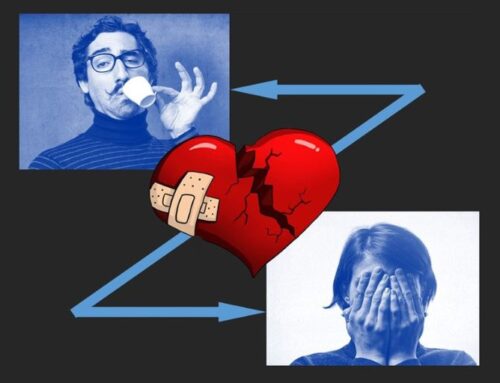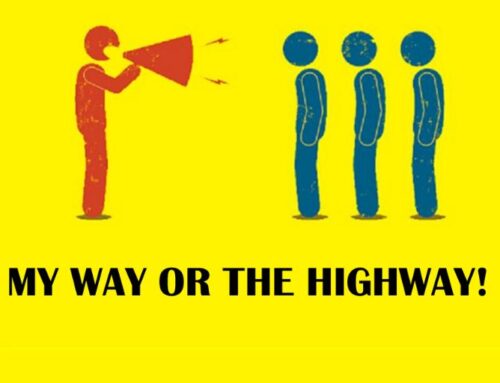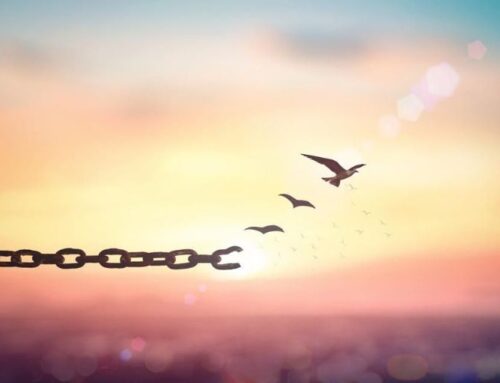“Many of us live in denial of who we truly are because we fear losing someone or something-and there are times that if we don’t rock the boat, too often the one we lose is
ourselves…It feels good to be accepted, loved, and approved of by others, but often the membership fee to belong to that club is far too high of a price to pay.”
Dennis Merritt Jones
What Merritt Jones is describing is the pernicious relationship disease of codependency. While the codependent person has problems forming intimate relationships because of their need to control their partner or to fix or please them at any cost to themselves, it does take two to tango.
It takes the codependent person and the dependent – someone who is emotionally absent due to addiction or personality issues. It takes two to perform the dance.
There is a lot of pain in being codependent. There is no deep or long-term satisfaction in relationship or other aspects of life. There is always the fear of impending loss of the relationship unless they allow the dependent to control them or they control the dependent. But the more the codependent tries to change or please the dependent in their life, the less likely that the result will be satisfying. Somehow the happiness goal post keeps shifting.
So, what’s the cure? Just as it is for any other addiction, for that’s what codependency is — an addiction to the dependent or to fixing or rescuing them — there is no cure for codependency. But there is recovery. Recovery acknowledges that the underlying condition can always resurface if an active program is not engaged.
Recovery can come in different forms once the codependent recognizes that the price they’ve been paying to remain in a dysfunctional relationship has been too high. And once they recognize their part in creating the dynamic. And once the pain becomes so intense that they can no longer ignore it.
Then perhaps they are ready to disengage from the dance.
There are very effective 12-step programs of recovery, for example Al-Anon and Co-dependents Anonymous (CoDA). Coaching and psychotherapy can work well in conjunction with a 12-step program. And there is a plethora of books to support recovery (e.g. Melody Beattie and Pia Mellody are two prominent writers in the area of codependency).
While there is no reset button for co-dependency, a return to healthy functioning is possible. There is hope.
The codependent can become better and stronger as a result of engaging a program of recovery. They can build and rebuild healthier relationships, both intimate and other. They can stop the cycle of codependency in their own family and in future generations of their family (yes, it can be an inter-generational tendency).







